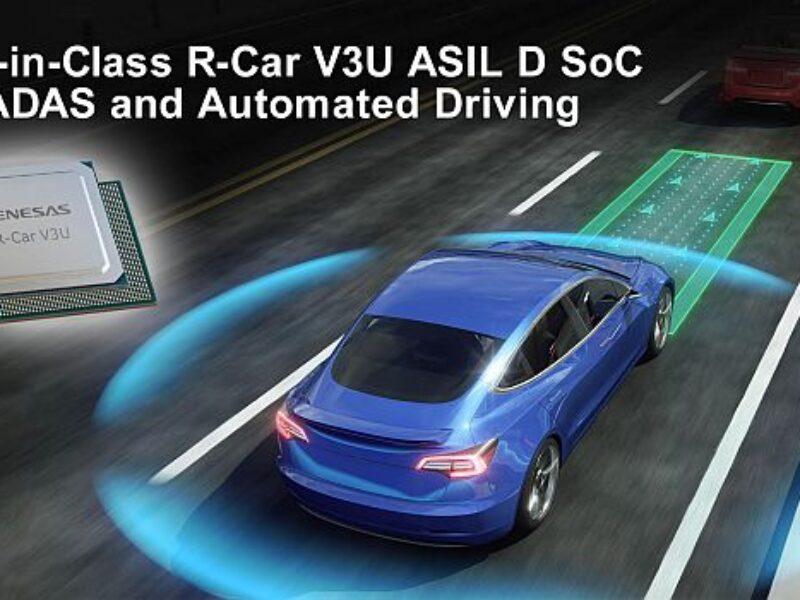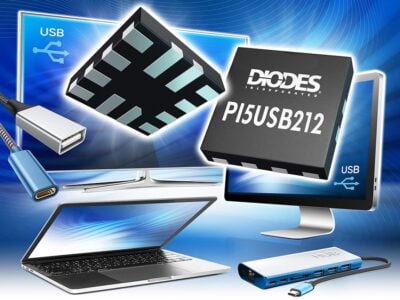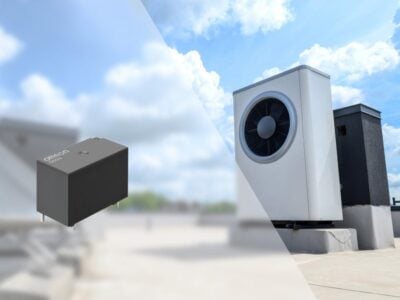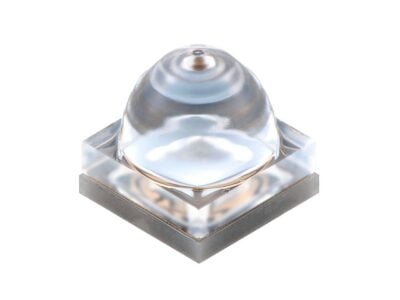
ASIL-D SoC speeds ADAS, automated driving development
Designed for the performance, safety, and scalability (up and down) demands of ADAS and AD architectures driving next-generation autonomous vehicles, the R-Car V3U offers 60 TOPS with low power consumption for deep learning processing and up to 96,000 DMIPS. It is offered as the first SoC using the R-Car Gen 4 architecture within the open and flexible Renesas autonomy platform for ADAS and AD.
With the launch of R-Car V3U, says the company, the platform is now ready to offer complete scalability from entry-level NCAP applications up to highly automated driving systems.
“We are excited to introduce the newest generation of our popular R-Car SoCs for the next generation of ADAS and AD vehicles,” says Naoki Yoshida, Vice President, Automotive Digital Products Marketing Division at Renesas. “The R-Car V3U leverages assets developed on previous-generation devices, such as ADAS and Level 2 perception stack with the R-Car V3M and R-Car V3H, along with the Renesas autonomy platform, to offer a smooth migration path to single-chip Level 3 automated driving with short development turnaround and safe production launch.”
Automated driving systems require functional safety up to ASIL D – the highest and most stringent automotive safety integrity level specified under the ISO 26262 standard for road vehicles. The R-Car V3U SoC integrates multiple sophisticated safety mechanisms that provide high coverage with fast detection and response for random hardware faults, and is expected to achieve ASIL D metrics for the majority of the SoC processing chain, as well as reducing design complexity, time to market, and system cost.
Designed to deliver highly flexible DNN (Deep Neural Network) and AI machine learning functions, the device’s flexible architecture is capable of handling any state-of-the-art neural networks for automotive obstacle detection and classification tasks while maintaining 60 TOPS with low power consumption and an air cooling system, says the company. The R-Car V3U also offers a wide range of programmable engines, including DSP for radar processing, multi-threading computer vision engine for traditional computer vision algorithms, image signal processing to enhance image quality, and additional hardware accelerators for key algorithms such as dense optical flow, stereo disparity, and object classification.
The company’s open and integrated development environment is designed to enable customers to take advantage of the R-Car platform’s built-in hardware benefits, as well as low power consumption and deterministic real-time software to enable fast time to market for computer vision and deep learning-based solutions. It features easy-to-use debugging and tuning tools for heterogeneous multi-core hardware to enable efficient software development along with a comprehensive set of example applications and online education resources.
Qualified compilers and code generators for compliance with functional safety and cyber security requirements enable the development of safe and secure software development. Customers can also combine the R-Car V3U with the company’s high-performance, low-power RH850 microcontroller, integrated power management ICs, and power transistor devices to access all the key components required for their ADAS and AD ECUs.
Samples of the R-Car V3U SoC are available now. Mass production is planned for second quarter of 2023.
 If you enjoyed this article, you will like the following ones: don't miss them by subscribing to :
eeNews on Google News
If you enjoyed this article, you will like the following ones: don't miss them by subscribing to :
eeNews on Google News




